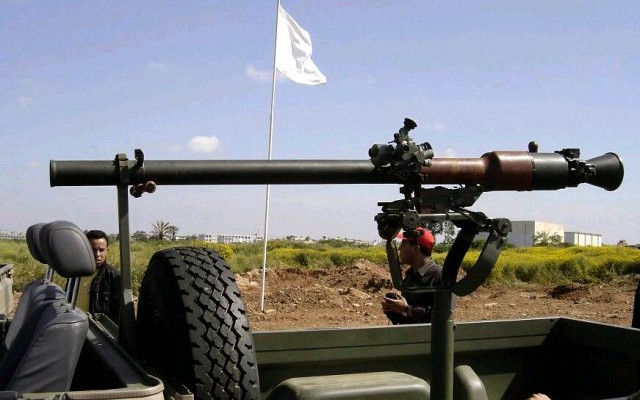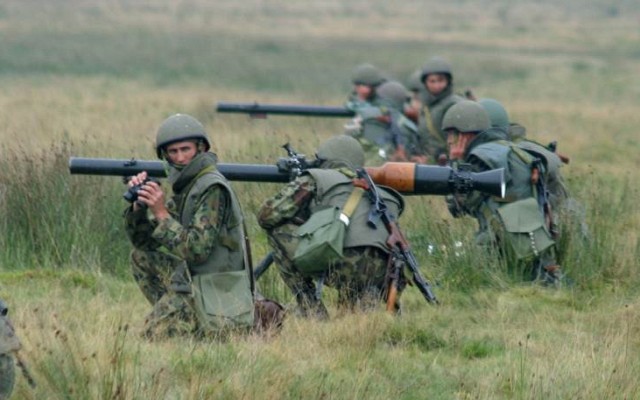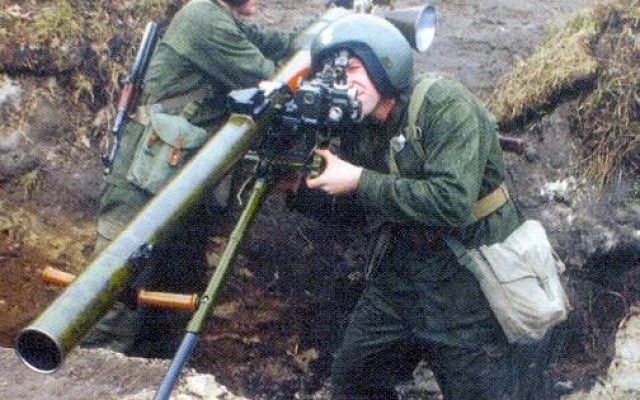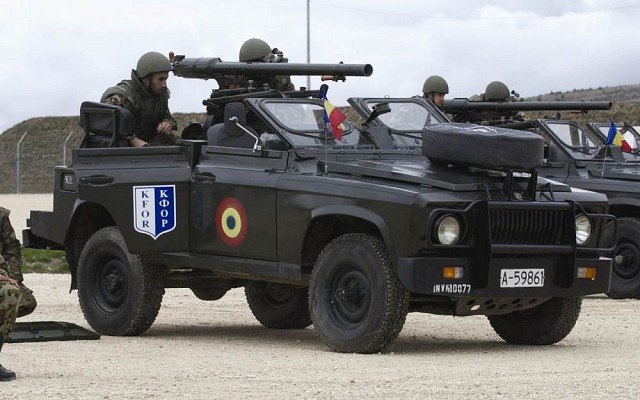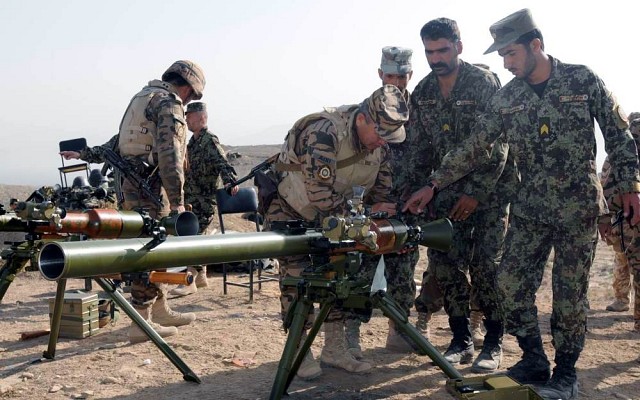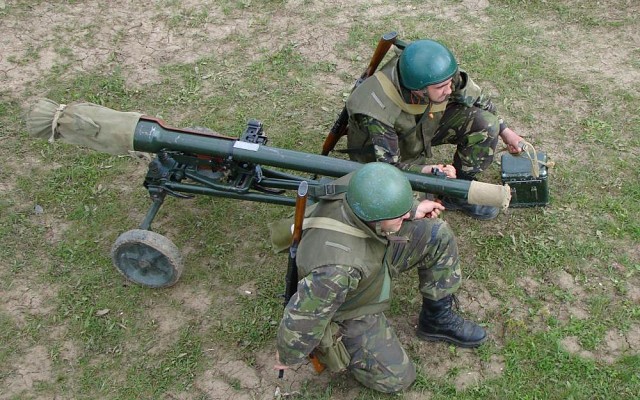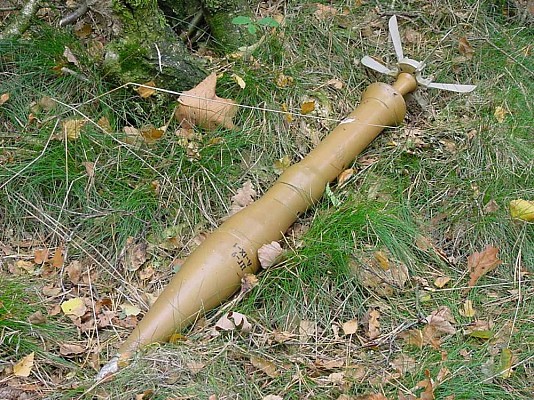73mm SPG-9
Overview
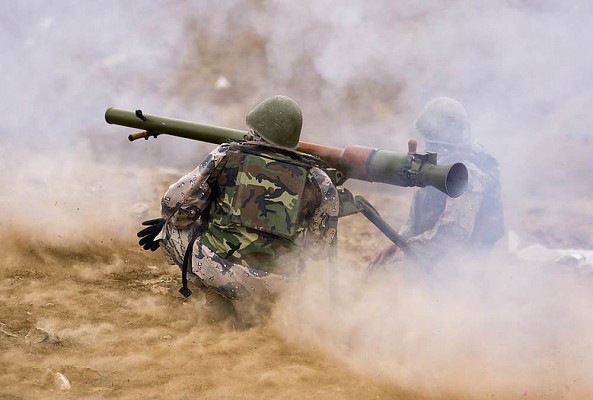
SPG-9
Rear view of SPG-9 being fired.
Source: US Navy (PO2 Ernesto Hernandez Fonte) -
© public domain
Silin & Alekseev
Bulgaria
Romania
Russian for "spear"
6G6 (GRAU index for SPG-9)
6G7 (GRAU index for SPG-9D)
6G13 (GRAU index for SPG-9M)
AG-9 (Romanian production)
SPG-9DNM (Bulgarian production)
SZPG-9 (Hungarian service)
Description
Introduction
The SPG-9 is an early Cold War era recoilless rifle of Soviet origin. It was developed as a more potent replacement for the 82mm B-10 recoilless rifle. Compared to the B-10 the SPG-9 is lighter, more accurate and has better armor penetration. In modified form the SPG-9 and its 73mm projectiles serve as the main armament of the BMP-1 mechanized infantry combat vehicle.
Design
The SPG-9 is a breech loaded smoothbore recoilless rifle. The 73mm projectiles are rocket assisted and fin stabilized. An optical sight or night sight is fitted. The SPG-9 is tripod mounted when used by infantry and can be pedestal mounted on vehicles and ships. A crew of 2 is required to operated the SPG-9, although a crew of 4 recommended. The SPG-9 cannot be shoulder fired.
Firepower
A skilled crew can fire 5 to 6 rounds per minute. Armor penetration is 300mm RHA with standard HEAT-FS projectiles and 400mm RHA improved projectiles. The maximum effective direct fire range with both HEAT-FS and HE-Frag projectiles is 800 meters. Indirect fire range is 1.3 km with HEAT-FS and 4.5 km with HE-Frag projectiles.
Mobility
Compared to the older B-10 the SPG-9 is much lighter. It can be manhandled over short distances in the field, but ought to be moved by jeep or larger vehicle over longer distances.
Users
The SPG-9 was adopted by Soviet forces in the early 1960's and was produced in large quantities. Large numbers were exported to Soviet allies and the SPG-9 is produced under license in several nations. Large numbers of SPG-9 remain in use today, albeit mostly as a fire support weapon and not as an anti-tank weapon. Anti-tank guided weapons are preferable at longer ranges, augmented by shoulder fired weapons at shorter ranges.
